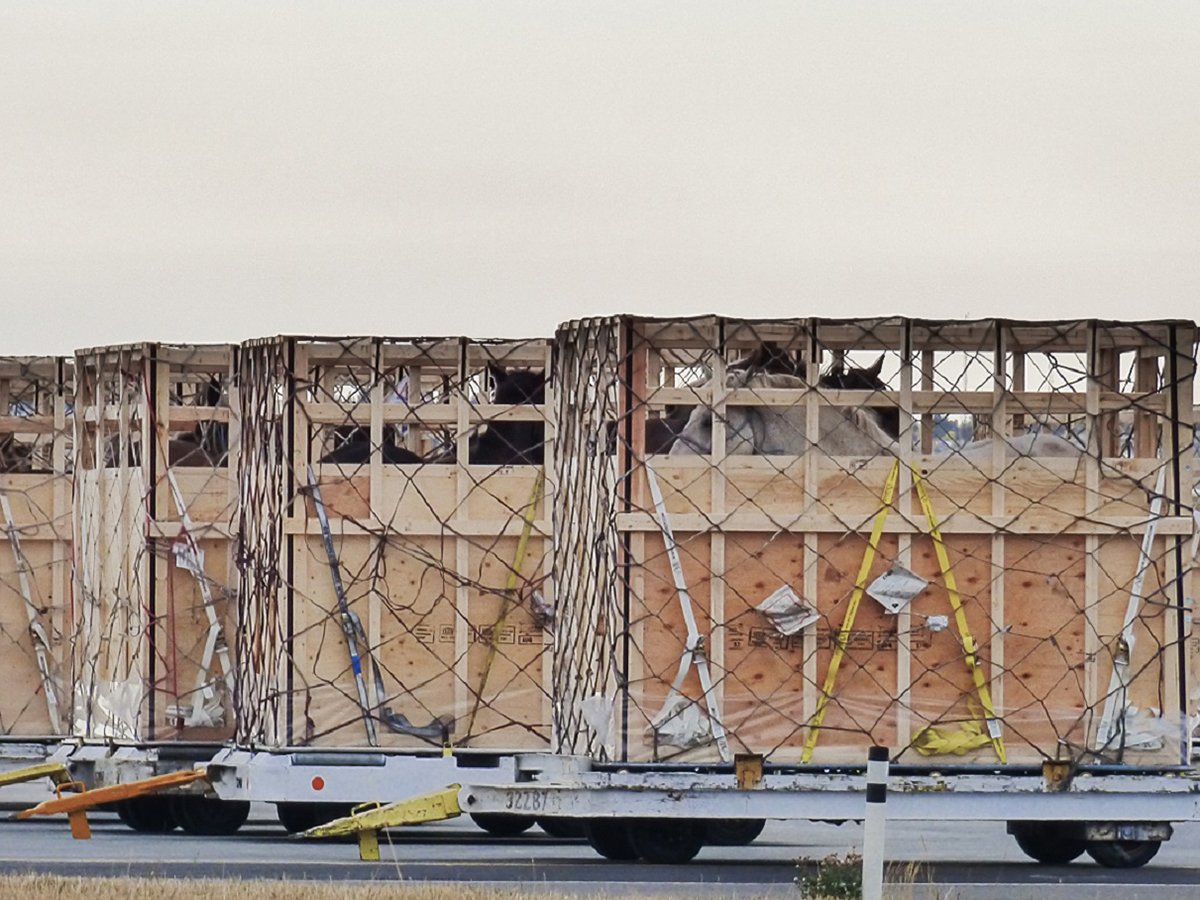Canadian cattle industry preps for new traceability rules in 2026

Glacier FarmMedia – Canadian cattle producers are awaiting new federal traceability regulations following a two-year consultation process.
The Canadian Food Inspection Agency released an ”owner’s guide” based on early industry consultation, but amendments to the guide are anticipated after they were delayed by the recent federal election.
“We expect that it will happen probably in the first or second quarter of 2026, and after that, there’ll be a one-year soft launch of the enforcement of it,” said Rick Wright, chief executive officer of the Livestock Markets Association of Canada (LMAC).
Read Also


Horse-for-slaughter trial delayed
A high-profile animal welfare case involving a Manitoba-based live horse exporter has had its day in court delayed after the farm’s defence lawyer requested more time to review expert witness submissions.
The new rules aim to enhance disease outbreak preparedness by requiring movement reporting within seven days instead of the current 30-day window and implementing new premises identification requirements.
The Canadian Cattle Identification Agency, which oversees the national livestock tracking system, has already upgraded its digital tools in anticipation of these changes.
“In October of 2024, we were excited to introduce a redesigned Canadian Livestock Tracking System (CLTS) that would make data entry much simpler,” Ashley Scott, CCIA general manager, said at the livestock association’s annual convention in Brandon last month.
“The new interface is more user friendly with streamlined screens and processes.”
The revamped system now features an enhanced movement record module and a privacy consent option for lost and found livestock.
“We used to have clients reaching out to CCIA seeking owner information for lost and found livestock,” Scott said. “However, due to privacy legislation, CCIA was not able to share a user’s contact information from the database without consent.”
The new consent feature allows users to permit the indentification agency to share contact information specifically for livestock recovery purposes.
In December, the CCIA implemented further system updates with optional fields for departure and arrival dates and vehicle identification to prepare users for upcoming requirements.
“We’ve introduced two new optional fields, departure date and arrival date,” Scott said.
“This update helps to improve the tracking of animals during transit.”
For auction marts and assembly yards, the redesigned tracking system offers simplified reporting options that recognize operational realities.
“The CLTS web portal does provide an additional reporting option these users can report a group move in without specifying individual tag numbers,” Scott said.
“This option is designed to reflect the operational reality at these sites where recording individual takes may not always be feasible.”
When the new regulations take effect, auction marts will be required to tag untagged animals and record available information about their origin.
The proposed changes also mandate that purchasers of approved indicators such as ear tags, tail tags and leg bands provide premises identification numbers where the indicators will be applied.
The CCIA is offering training sessions to help industry participants prepare for the new requirements, and the agency will continue to develop technology improvements, including radio-frequency identification scanners with satellite connectivity options for remote areas, Scott said.
Source: producer.com


